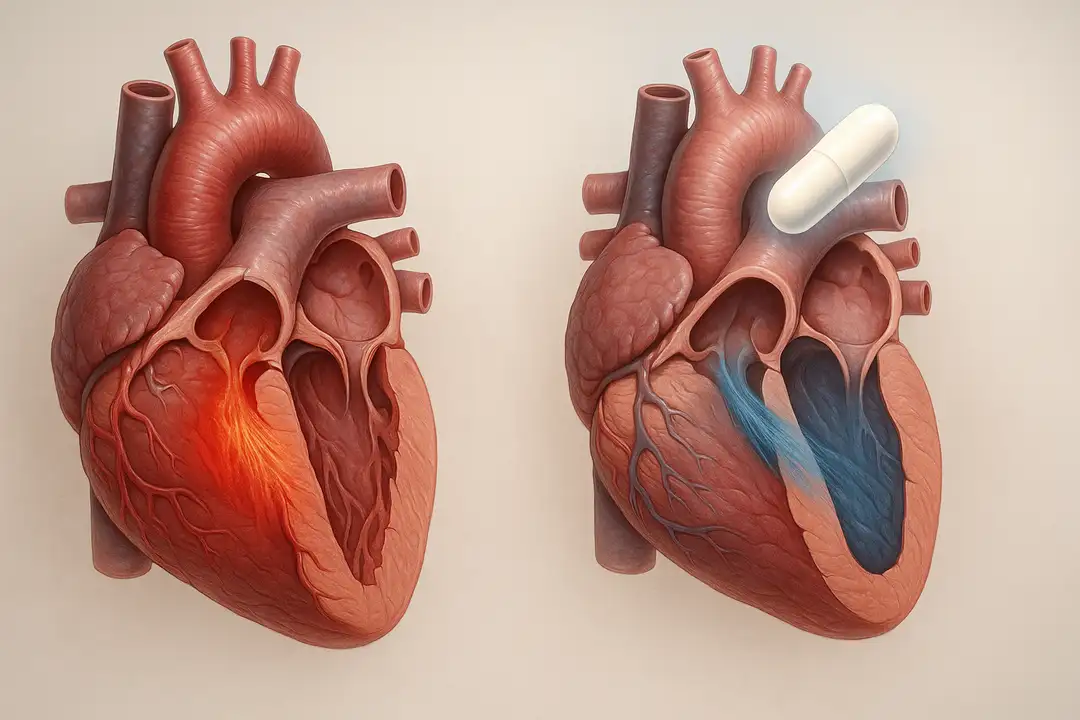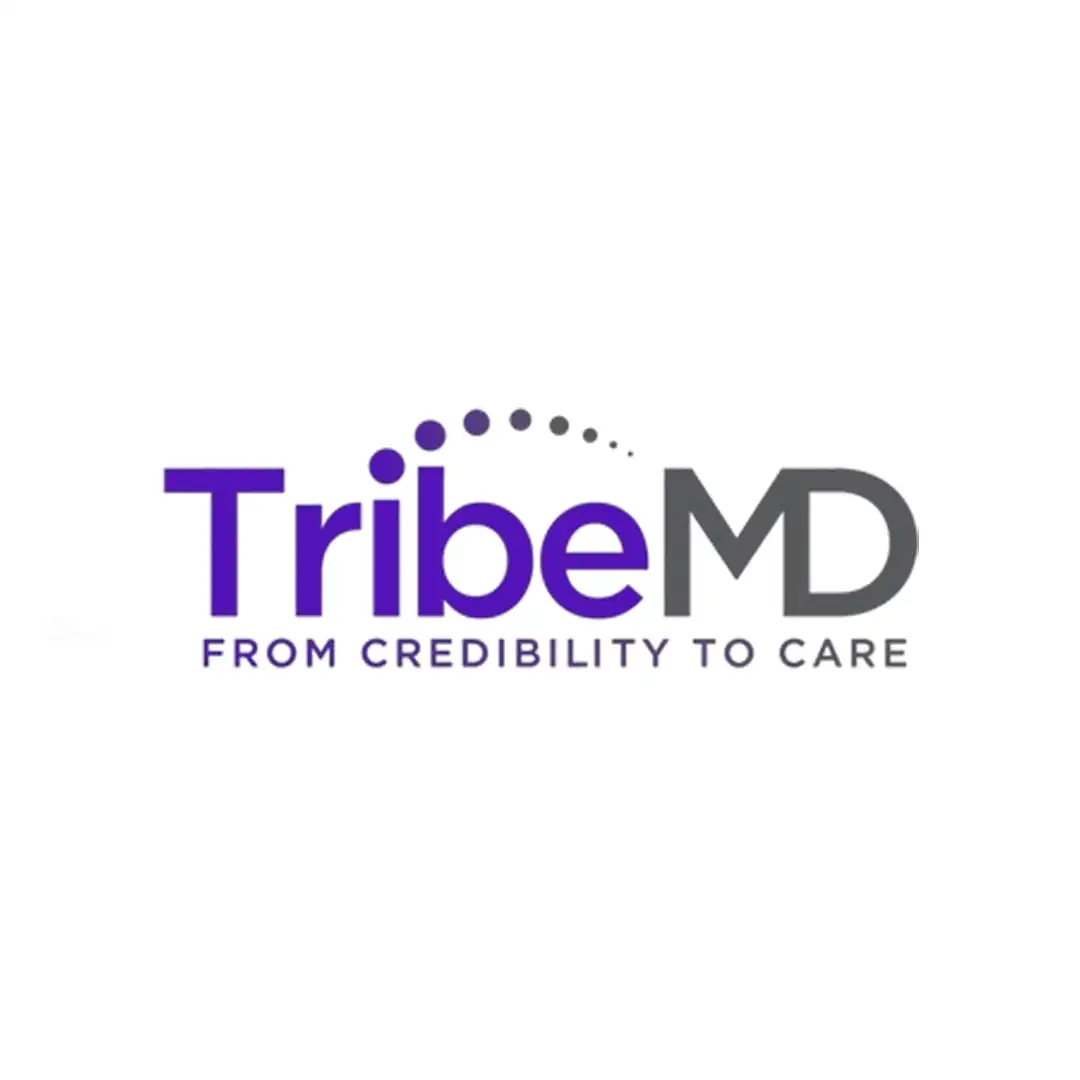Aficamten vs Metoprolol: MAPLE-HCM shows superiority of myosin inhibition in obstructive HCM
In the first head-to-head phase 3 trial, aficamten monotherapy improved exercise capacity, symptoms, and hemodynamics compared with metoprolol in symptomatic obstructive hypertrophic cardiomyopathy.

Hypertrophic cardiomyopathy (HCM) is the most common inherited cardiac disease and often presents with left ventricular outflow tract (LVOT) obstruction, leading to exertional symptoms and reduced quality of life. For decades, beta-blockers such as metoprolol have been recommended as first-line therapy despite limited supporting evidence. Aficamten, a next-in-class selective cardiac myosin inhibitor, has previously shown benefit when added to standard treatment, but its role as monotherapy had not been established.
The MAPLE-HCM trial, an international, double-blind, randomized, double-dummy phase 3 study, directly compared aficamten with metoprolol as monotherapy in 175 adults with symptomatic obstructive HCM. Patients were randomized to aficamten (5–20 mg/day) or metoprolol (50–200 mg/day) for 24 weeks. The primary endpoint was change in peak oxygen uptake (pVO₂), with secondary endpoints including New York Heart Association (NYHA) functional class, Kansas City Cardiomyopathy Questionnaire clinical summary score (KCCQ-CSS), NT-proBNP levels, LVOT gradient after Valsalva, left atrial volume index (LAVI), and left ventricular mass index.
At week 24, aficamten significantly improved exercise capacity compared with metoprolol: pVO₂ increased by 1.1 ml/kg/min in the aficamten group and decreased by 1.2 ml/kg/min in the metoprolol group, yielding a between-group difference of +2.3 ml/kg/min (95% CI 1.5–3.1; P<0.001). Symptomatic and biomarker outcomes also favored aficamten. More than half of patients receiving aficamten (51%) improved by at least one NYHA class, versus 26% with metoprolol. Health status, measured by KCCQ-CSS, increased by 15.8 points with aficamten compared with 8.7 points with metoprolol (Δ +6.9; P=0.002). NT-proBNP levels fell markedly in the aficamten group, while remaining stable or rising in the metoprolol arm. Hemodynamic benefits were robust: LVOT gradient decreased by 40.7 mmHg with aficamten versus 3.8 mmHg with metoprolol (Δ –34.9; P<0.001), and LAVI decreased by 3.8 ml/m² compared with an increase of 2.8 ml/m² (Δ –7.0; P<0.001). No significant difference was observed in left ventricular mass index.
Safety outcomes were generally similar between groups. Adverse events occurred in 74% of aficamten-treated patients and 76% of those receiving metoprolol, with serious events reported in 8% and 7%, respectively. One sudden death occurred in the aficamten arm after a viral illness. Transient, asymptomatic reduction in left ventricular ejection fraction below 50% was observed in one patient on aficamten. Dose reductions were required less frequently with aficamten (1%) than with metoprolol (5%).
In summary, aficamten monotherapy was superior to metoprolol in improving exercise capacity, symptoms, biomarkers, and hemodynamic parameters in patients with symptomatic obstructive HCM, with a safety profile comparable to beta-blockade. These results question the longstanding role of beta-blockers as first-line therapy and support the integration of myosin inhibition earlier in the treatment pathway for this population.
#HypertrophicCardiomyopathy #Aficamten #Metoprolol #MAPLEHCM #CardioTrials
Editorial note: This content was developed with support from AI technologies to optimize writing and structure. All material was reviewed, validated, and complemented by human experts prior to publication, ensuring scientific accuracy and adherence to editorial best practices.
Sources
- Garcia-Pavia P, Maron MS, Masri A, Merkely B, Nassif ME, Peña-Peña ML, et al.; MAPLE-HCM Investigators. Aficamten or metoprolol monotherapy for obstructive hypertrophic cardiomyopathy. N Engl J Med. 2025 Aug 30. doi:10.1056/NEJMoa2504654.
Highlights
Medical Affairs
Trastuzumab deruxtecan (T-DXd) Provides Significant Clinical Benefit Over Trastuzumab emtansine (T-DM1), Marking a Potential Shift in the Therapeutic Standard for HER2+ Breast Cancer

TribeMD
SnackableHealth™ | From Intervention to Prevention: How Secondary Prevention Clinics Are Redefining Post-ACS Care

Medical Affairs
META-AF: Metformin as an Adjunctive Therapy to Catheter Ablation of Atrial Fibrillation

Medical Affairs
Trastuzumab deruxtecan (T-DXd) Provides Significant Clinical Benefit Over Trastuzumab emtansine (T-DM1), Marking a Potential Shift in the Therapeutic Standard for HER2+ Breast Cancer

TribeMD
SnackableHealth™ | From Intervention to Prevention: How Secondary Prevention Clinics Are Redefining Post-ACS Care

Medical Affairs
META-AF: Metformin as an Adjunctive Therapy to Catheter Ablation of Atrial Fibrillation


